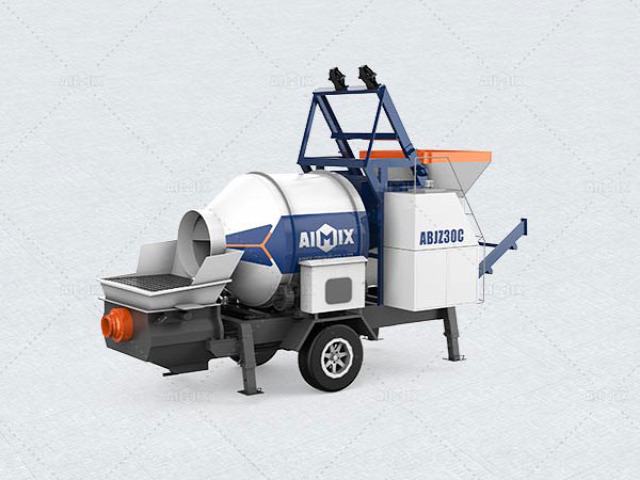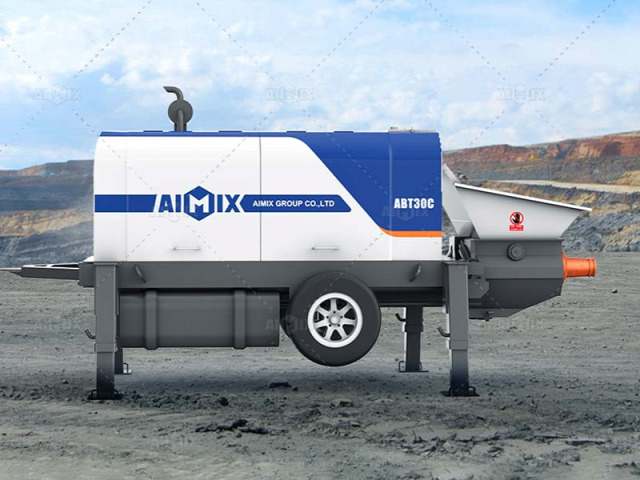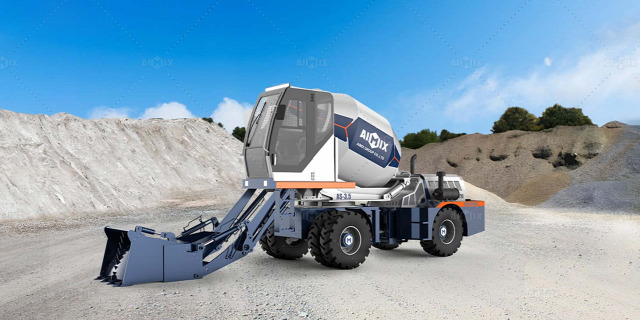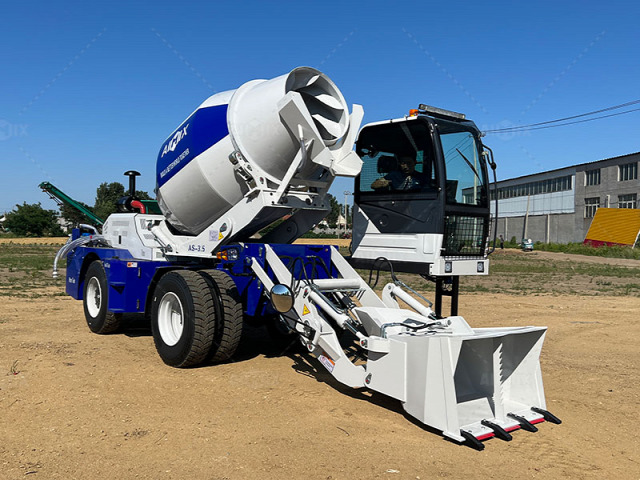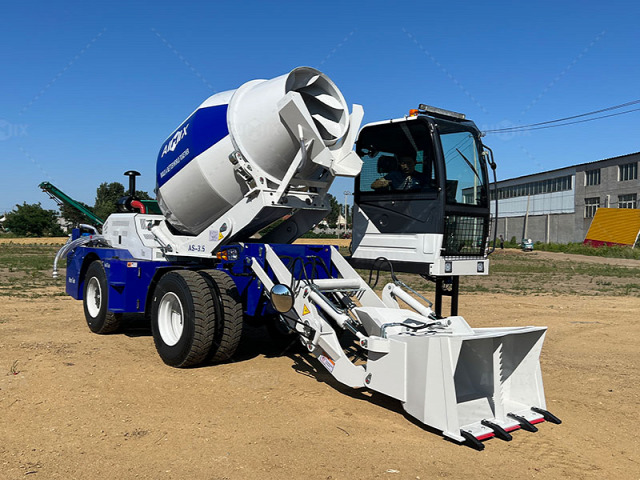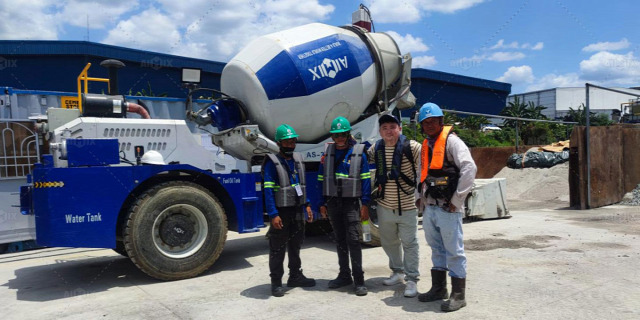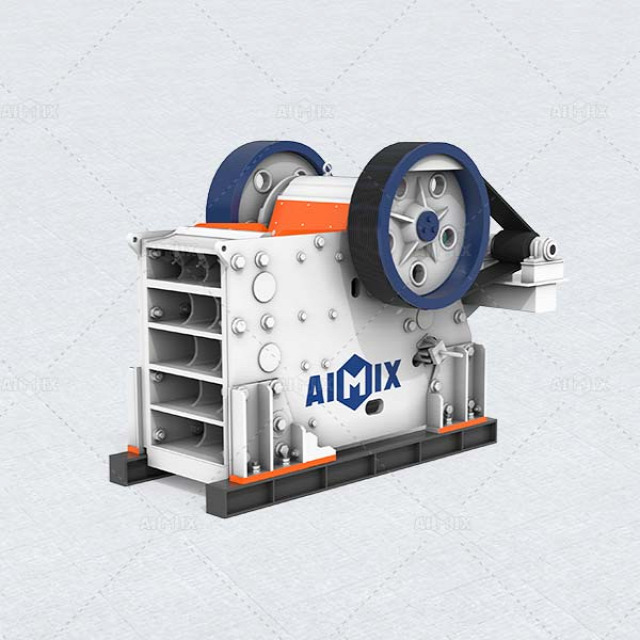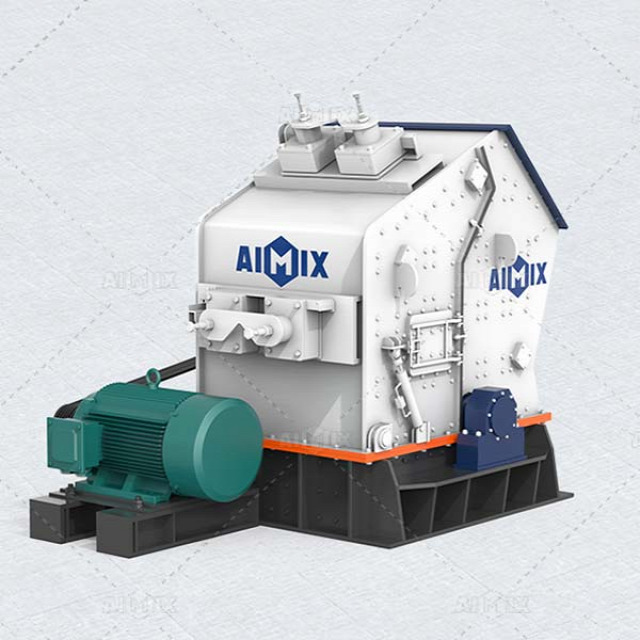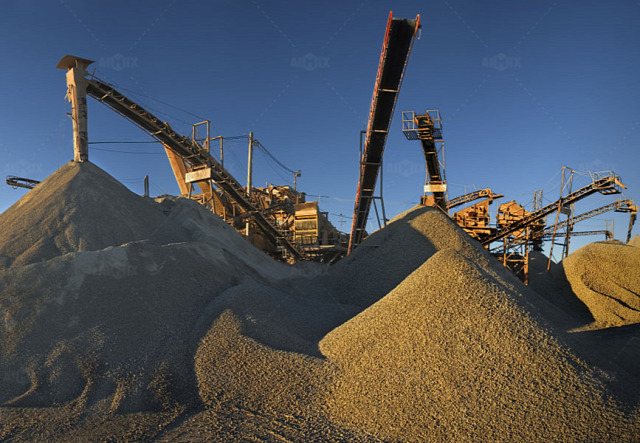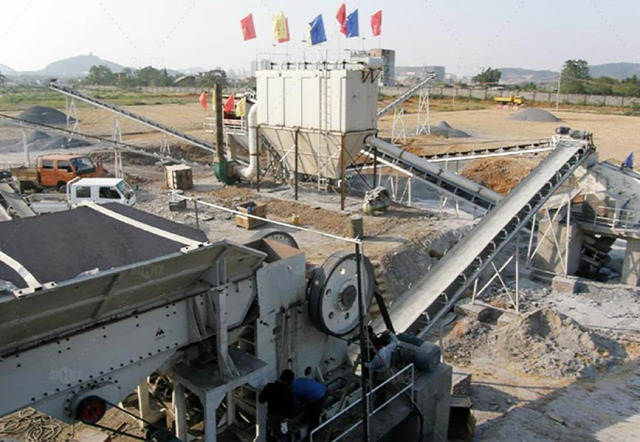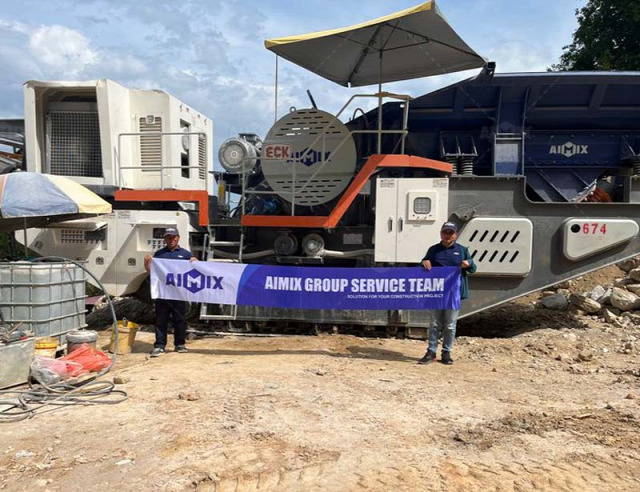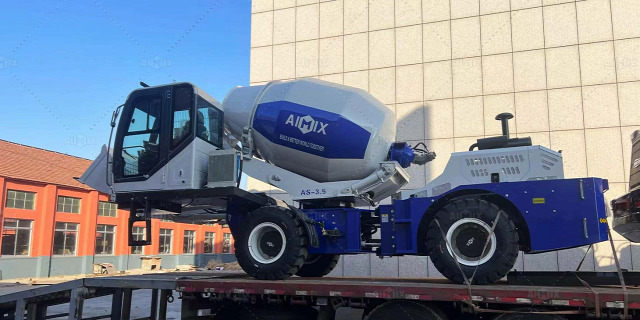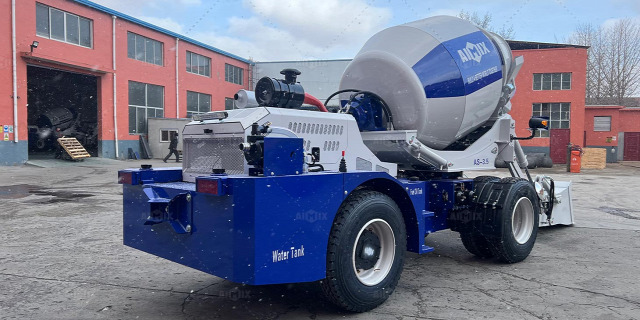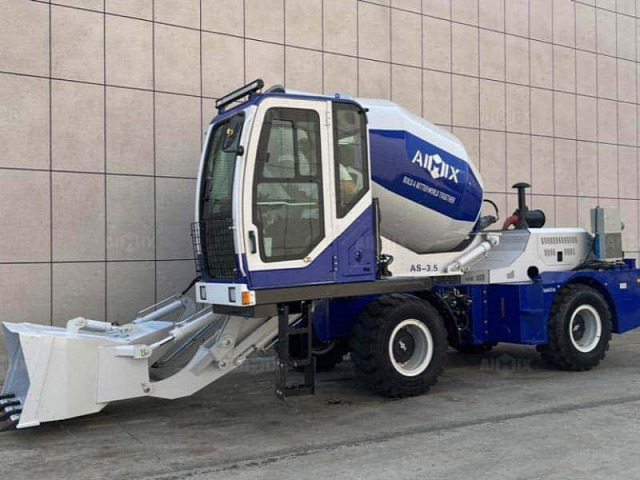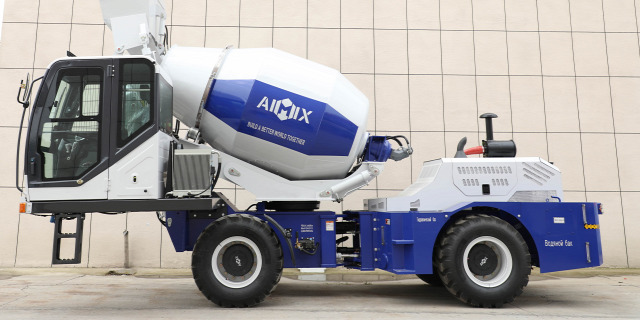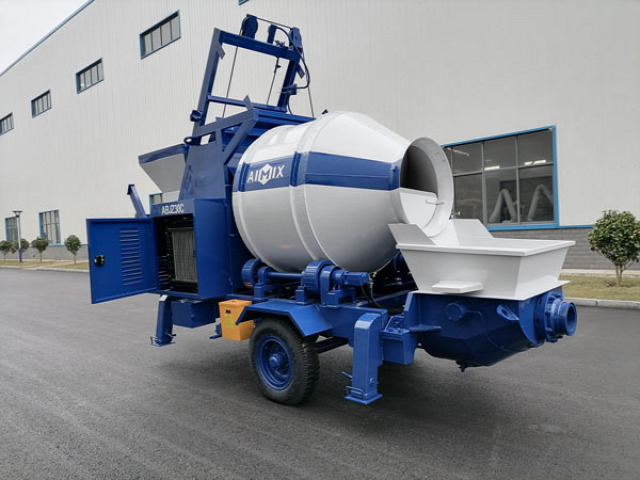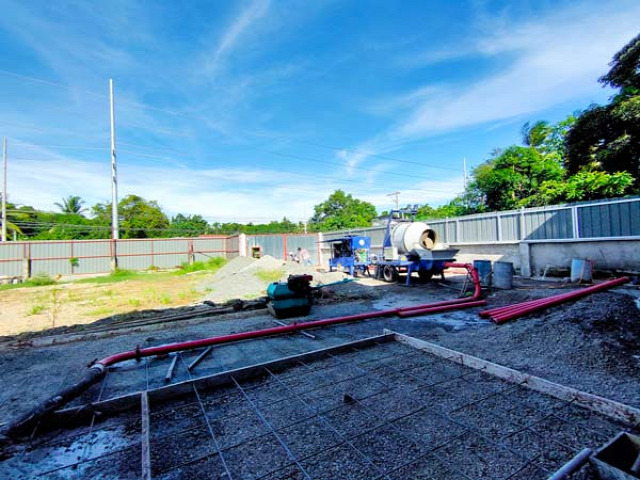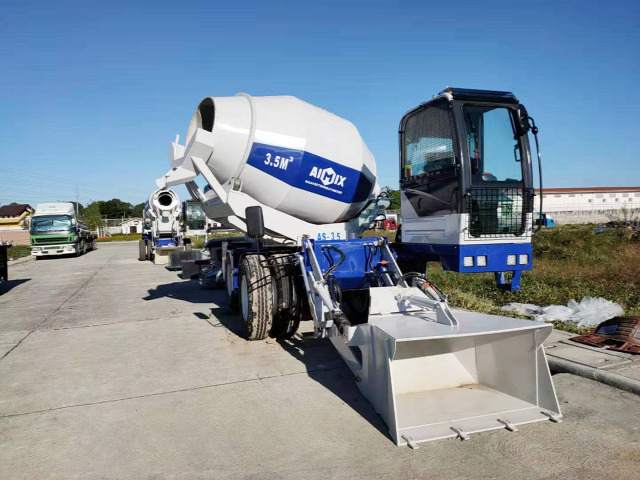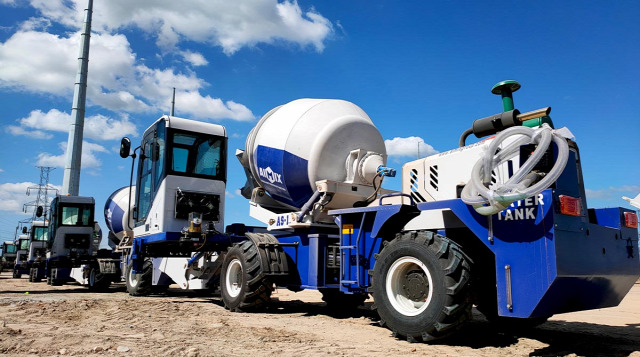Limestone crushers are an integral part of the construction industry, particularly in the production of aggregates used for concrete. Aggregates, the granular materials such as sand, gravel, and crushed stone, are a crucial component in concrete, providing strength, stability, and durability. The process of producing these aggregates involves several steps, with limestone being one of the most commonly used materials due to its widespread availability and desirable properties. Limestone crushers, therefore, play a key role in ensuring that high-quality aggregates are produced efficiently and economically. This article explores the role of limestone crusher in the production of concrete aggregates and their impact on the final quality of concrete.
Understanding the Function of Limestone Crushers
Limestone crushers are specialized machines designed to break down limestone rock into smaller, more manageable pieces suitable for use as aggregate. These crushers come in various types, including jaw crushers, impact crushers, and cone crushers, each designed to achieve different levels of reduction. The primary function of limestone crushers is to reduce large limestone boulders into smaller, uniform sizes that can be processed further into aggregates. The efficiency of the crusher significantly impacts the quality of the final product.

Types of Limestone Crushers
There are different types of crushers used in limestone processing, each tailored to specific applications. **Jaw crushers** are the most common crushers in the initial stages of limestone processing. These crushers use compressive force to break down large chunks of limestone into smaller particles. Jaw crushers are ideal for primary crushing because they can handle larger material sizes and produce relatively coarse aggregates. On the other hand, **impact crushers** are often used for secondary crushing. They are designed to produce finer material by using impact force to break the rock, resulting in aggregates with a more consistent shape.
Another type of crusher is the **cone crusher**, which is used for tertiary crushing in some cases. These crushers work by squeezing the material between a moving cone and a fixed cone, producing a finely crushed product. Cone crushers are particularly effective at producing high-quality, well-graded aggregates, making them a popular choice in limestone processing. The choice of crusher is influenced by factors such as the desired size of the final product, the hardness of the limestone, and the volume of material to be processed.
The Importance of Size Control in Aggregate Production
Size control is one of the most crucial factors in the production of limestone aggregates for concrete. Aggregates used in concrete must meet specific size specifications to ensure the proper mix and optimal performance of the concrete. Limestone crushers play an important role in achieving the desired size distribution of aggregates. Crusher settings, such as the gap between the crushing surfaces and the speed at which the crusher operates, influence the size of the crushed limestone particles. By adjusting these parameters, operators can produce aggregates that meet the requirements for concrete production.
Impact of Limestone Crusher Quality on Concrete
The quality of the limestone aggregates directly affects the strength, durability, and overall performance of the concrete. The process of crushing limestone is essential not only for size reduction but also for ensuring that the crushed material is free from impurities that could affect the concrete mix. Limestone aggregates must be clean, well-graded, and consistent in size to produce high-quality concrete.

Consistency and Uniformity in Aggregate Production
The role of crushers in maintaining consistency in aggregate production cannot be overstated. A **uniform aggregate size** ensures that the concrete mix has a consistent texture and strength. Inconsistent aggregate sizes or the presence of oversized particles can lead to voids in the mix, which negatively impacts the concrete's strength and durability. Limestone aggregate crushers equipped with modern screening and sizing technologies help eliminate these inconsistencies, ensuring a more reliable product.
Furthermore, the **shape of the aggregate** also plays a role in the final quality of the concrete. Well-shaped, angular aggregates are preferred for concrete production because they interlock better than rounded or flaky aggregates. Crushing methods, particularly the choice of crusher and its settings, influence the shape of the particles. Crushers that produce more cubical particles are often preferred in concrete production for their superior interlocking properties, which contribute to higher concrete strength.
Reducing Waste and Improving Efficiency
Efficient limestone crushers not only produce high-quality aggregates but also help minimize waste. By ensuring that a high percentage of the crushed limestone is usable as aggregate, crushers reduce the need for additional raw material and improve the overall efficiency of the production process. This reduction in waste is particularly important in large-scale operations, where the volume of limestone processed can be substantial. Additionally, efficient crushers that operate at peak performance levels reduce energy consumption, contributing to a more environmentally friendly and cost-effective production process.
Conclusion
Limestone crushers play a pivotal role in producing high-quality aggregates for concrete, directly impacting the strength, durability, and performance of the final concrete product. The choice of crusher, its settings, and the method of processing all contribute to the size, shape, and consistency of the aggregates, which are critical factors in concrete production. By selecting the appropriate type of crusher and optimizing its operation, manufacturers can ensure that the limestone aggregates used in concrete meet the required specifications. Furthermore, with advancements in crusher technology, operators can reduce waste, improve efficiency, and produce aggregates that meet the highest industry standards for concrete.




